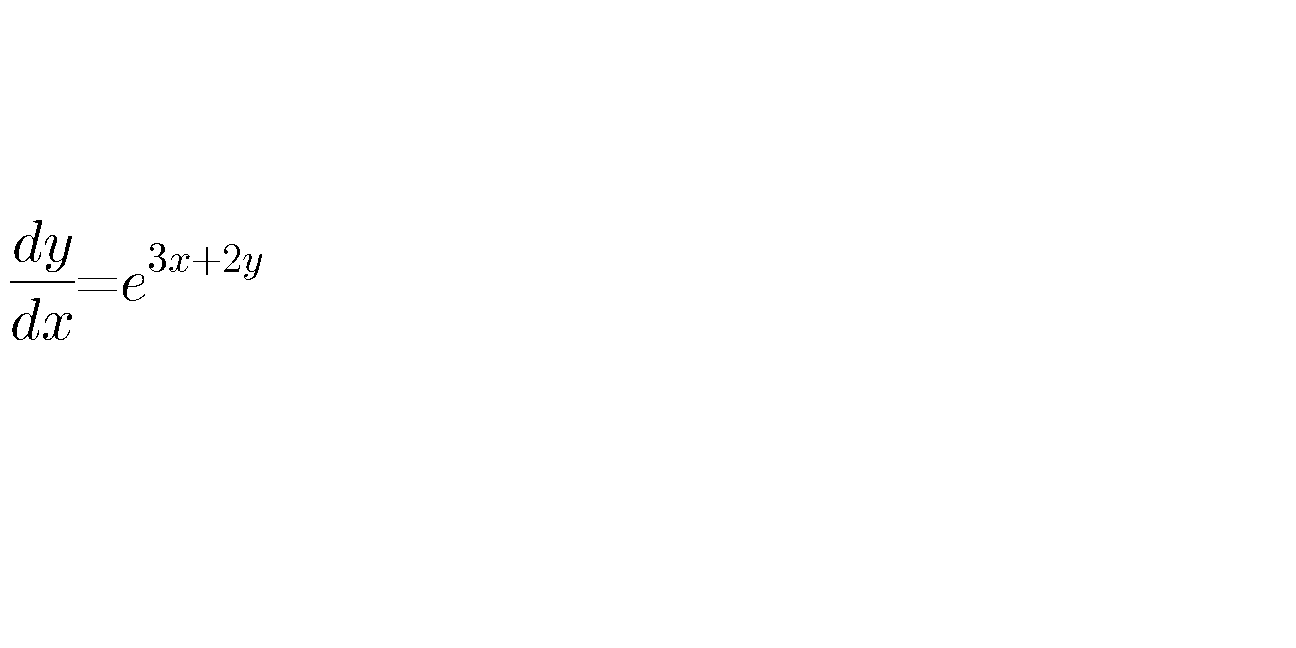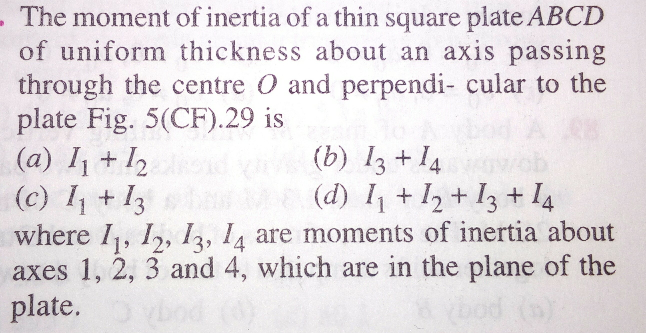
AllQuestion and Answers: Page 1851
Question Number 25184 Answers: 1 Comments: 1
Question Number 25183 Answers: 0 Comments: 1
Question Number 25173 Answers: 1 Comments: 0
Question Number 25172 Answers: 1 Comments: 0
Question Number 25171 Answers: 1 Comments: 0
$$\mathrm{100}{n}>{n}^{\mathrm{2}} \:{for}\:{integral}\:{n}>\mathrm{100} \\ $$$$ \\ $$
Question Number 25170 Answers: 2 Comments: 2
Question Number 25156 Answers: 2 Comments: 0

Question Number 25152 Answers: 2 Comments: 1
Question Number 25148 Answers: 0 Comments: 1
$$\mathrm{difference}\:\mathrm{between}\:\mathrm{degree}\:\mathrm{and}\:\mathrm{radian}. \\ $$
Question Number 25139 Answers: 1 Comments: 0
Question Number 25129 Answers: 1 Comments: 1

Question Number 25122 Answers: 0 Comments: 1
Question Number 25125 Answers: 1 Comments: 1
Question Number 25114 Answers: 0 Comments: 1

Question Number 25113 Answers: 0 Comments: 1

Question Number 25112 Answers: 0 Comments: 1

Question Number 25109 Answers: 1 Comments: 0

Question Number 25103 Answers: 1 Comments: 0

Question Number 25091 Answers: 1 Comments: 0
Question Number 25094 Answers: 1 Comments: 0

Question Number 25088 Answers: 1 Comments: 1
Question Number 25086 Answers: 0 Comments: 4

Question Number 25085 Answers: 1 Comments: 0
Question Number 25068 Answers: 1 Comments: 0
Question Number 25074 Answers: 0 Comments: 1

Question Number 25075 Answers: 1 Comments: 0
Pg 1846 Pg 1847 Pg 1848 Pg 1849 Pg 1850 Pg 1851 Pg 1852 Pg 1853 Pg 1854 Pg 1855
